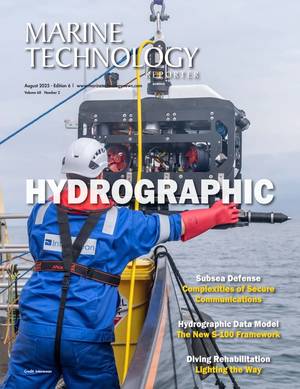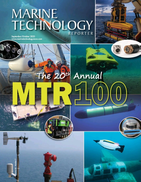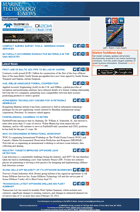Mini USV Collects Data in a Category 5 Hurricane
A small, wind–powered uncrewed surface vehicle (USV) captured and transmitted data from inside a Category 5 hurricane on September 28, as part of research by NOAA, the United Kingdom-based robotics company, Oshen, and the University of Southern Mississippi (USM).
NOAA has teamed up with Oshen and USM to operate seven USVs called C-Stars to gather weather data from the surface of the ocean during the 2025 hurricane season.
During Hurricane Humberto, one of the C-Stars became the smallest USV to gather data from the eyewall of the Category 5 hurricane. Two other C-Stars penetrated Hurricane Humberto to gather data while it was a Category 4 storm later on Sunday.
C-stars are four-foot long, wind-propelled boats with solar-powered sensors that transmit real-time data every two minutes on wind speed and direction, sea surface temperature, air temperature, air pressure and relative humidity via satellite for forecasters and scientists. They also take photos during their missions for immediate download and video for download after the vessels are recovered.
Three C-stars entered Hurricane Humberto in intervals approximately 12 hours apart to collect real-time data to be used by NOAA’s National Hurricane Center and sent to the Global Telecommunications System to inform forecasters.
One C-Star measured a minimum air pressure of 955 millibars and hurricane strength gusts of over 150 miles per hour in Humberto’s eyewall. The low air pressure measurement, together with an increase in sunlight measured by the C-Star, confirmed that the C-Star traveled through the eyewall and into the edge of the eye. NHC referred to the C-Star data on air pressure and wind in an official forecast discussion for Humberto on Sunday afternoon.

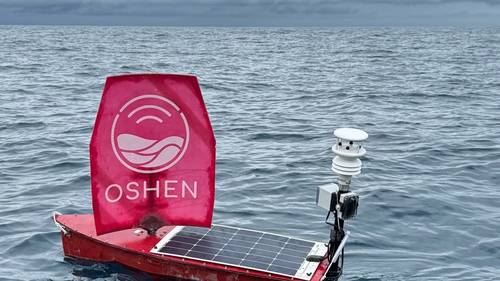
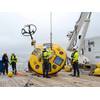
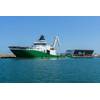
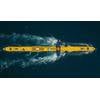
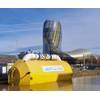
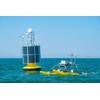
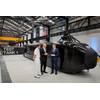







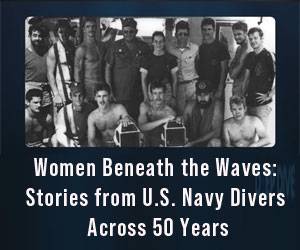
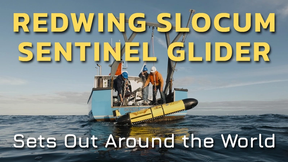
 August 2025
August 2025
